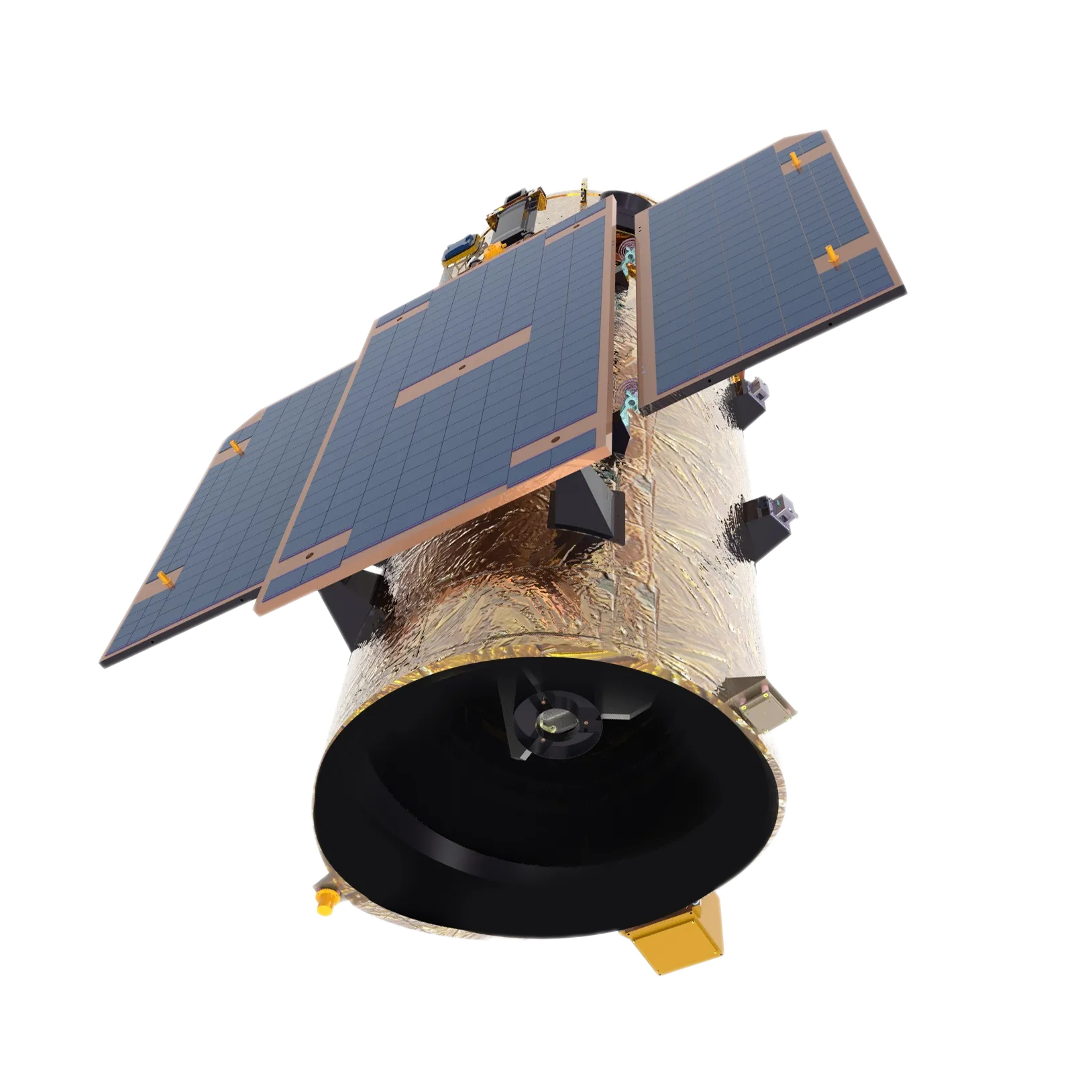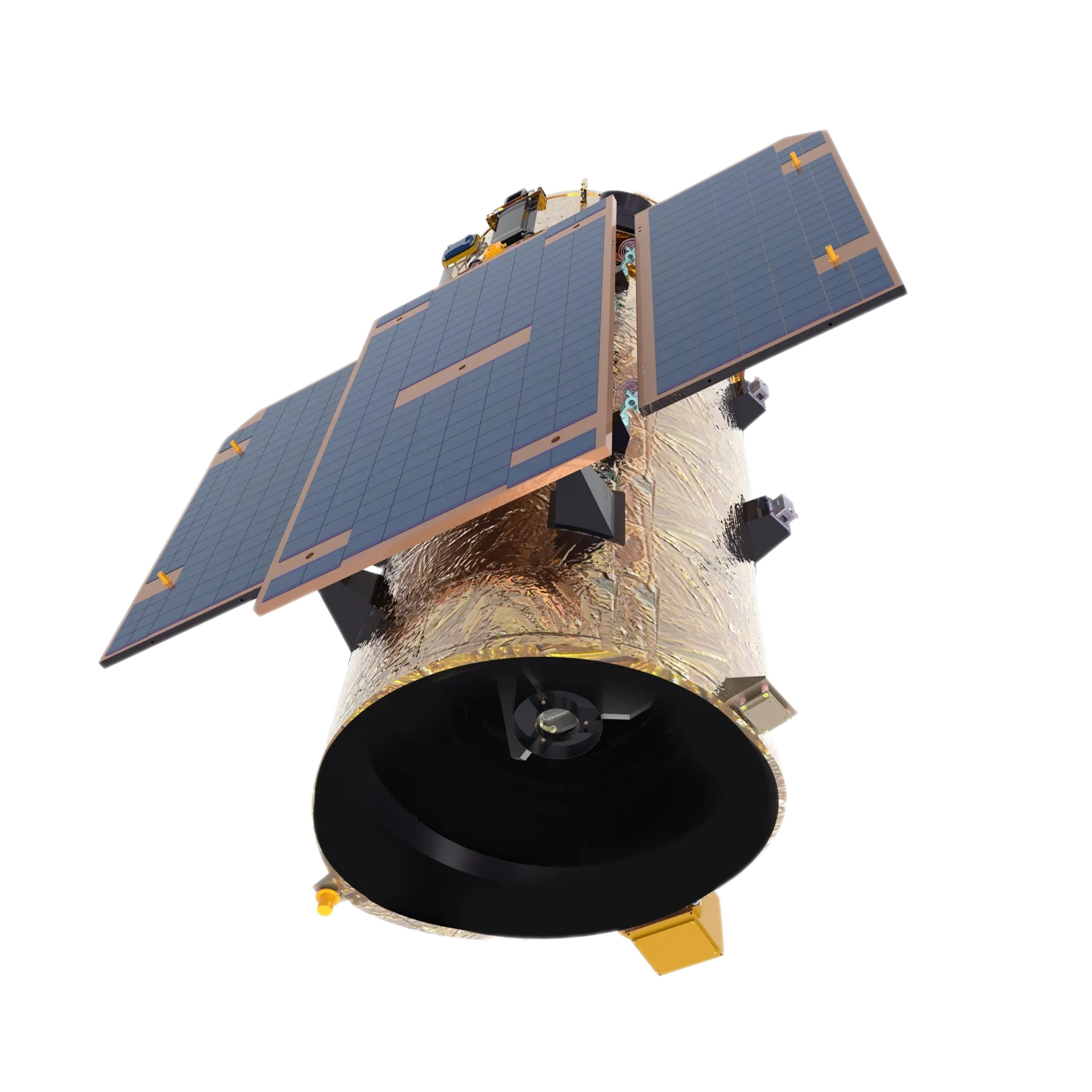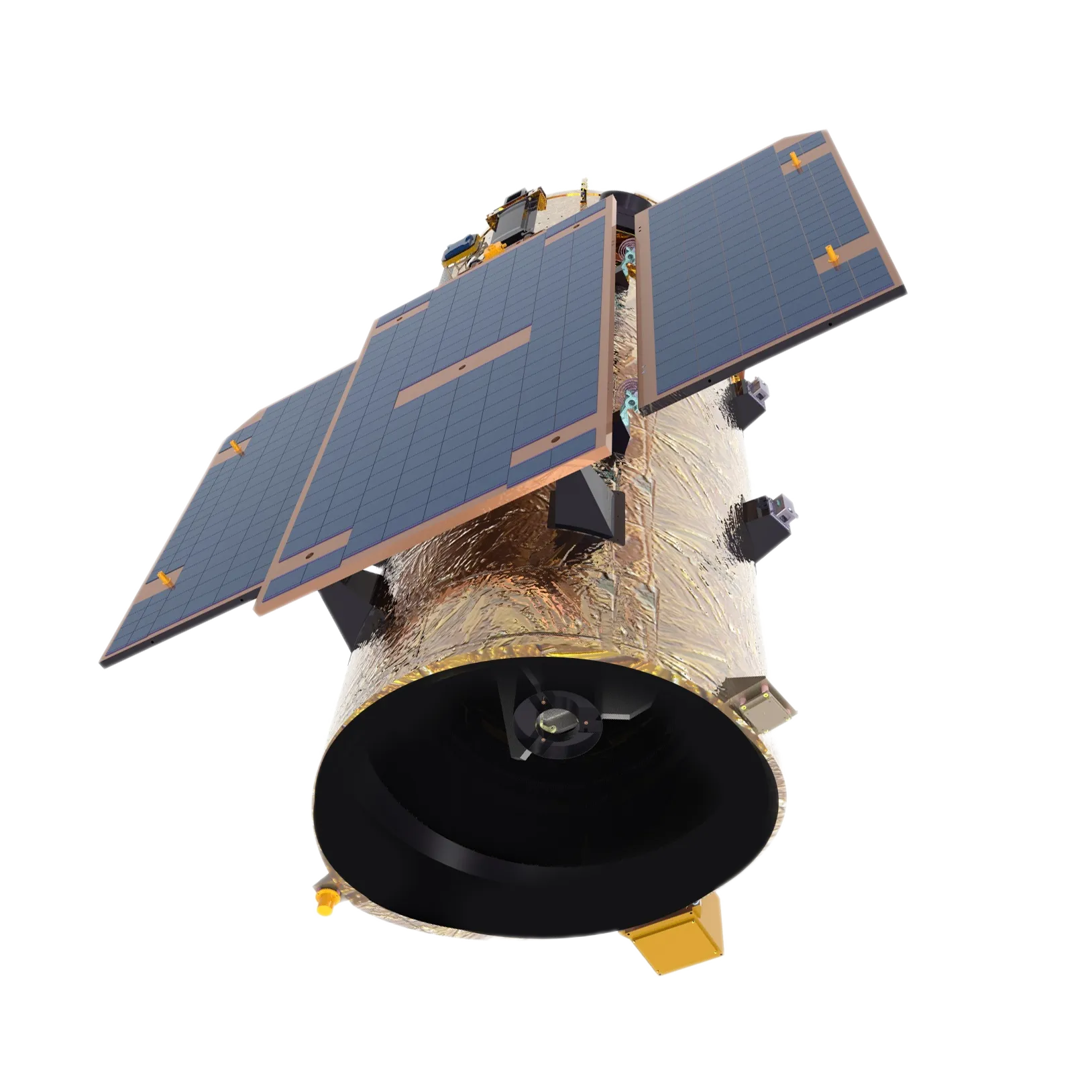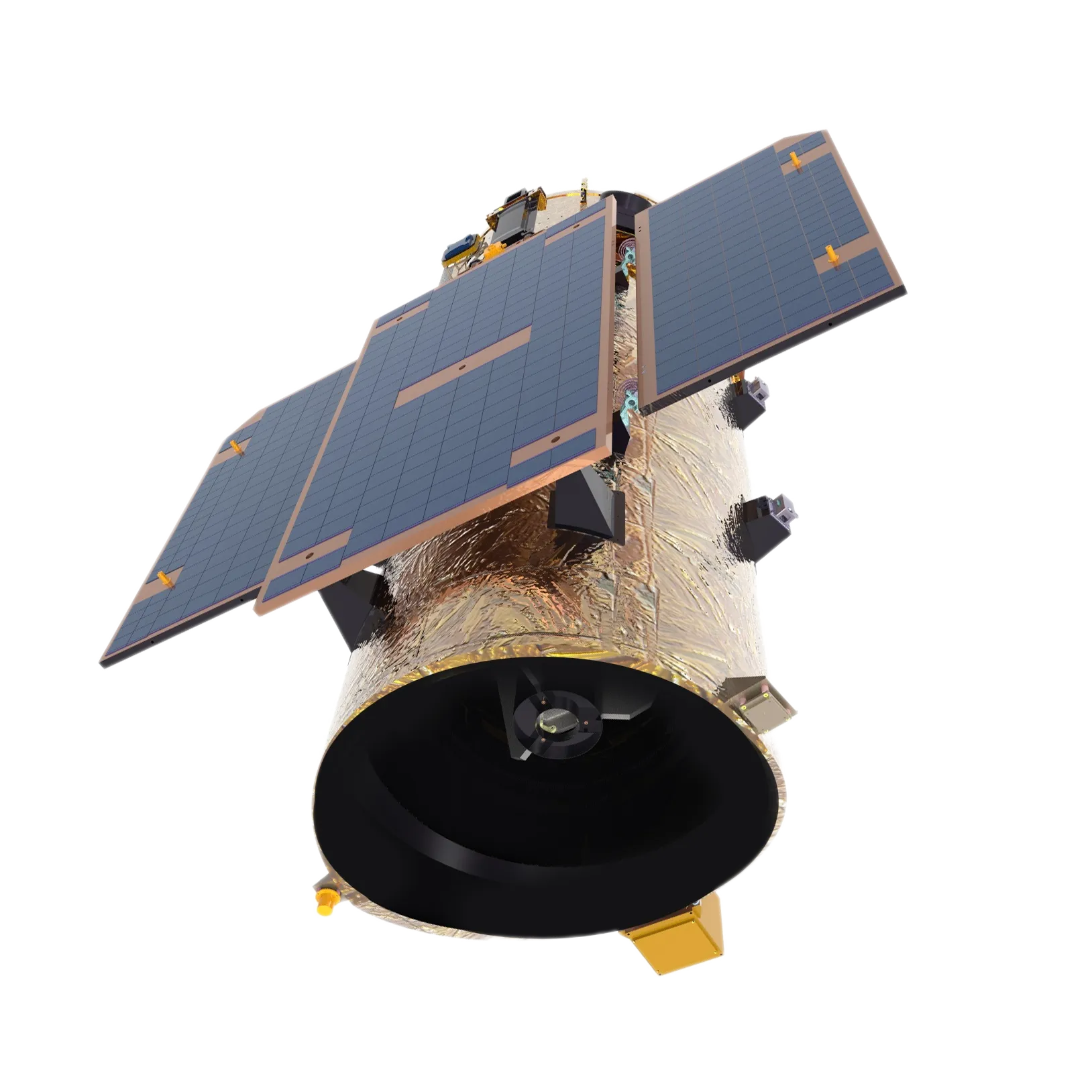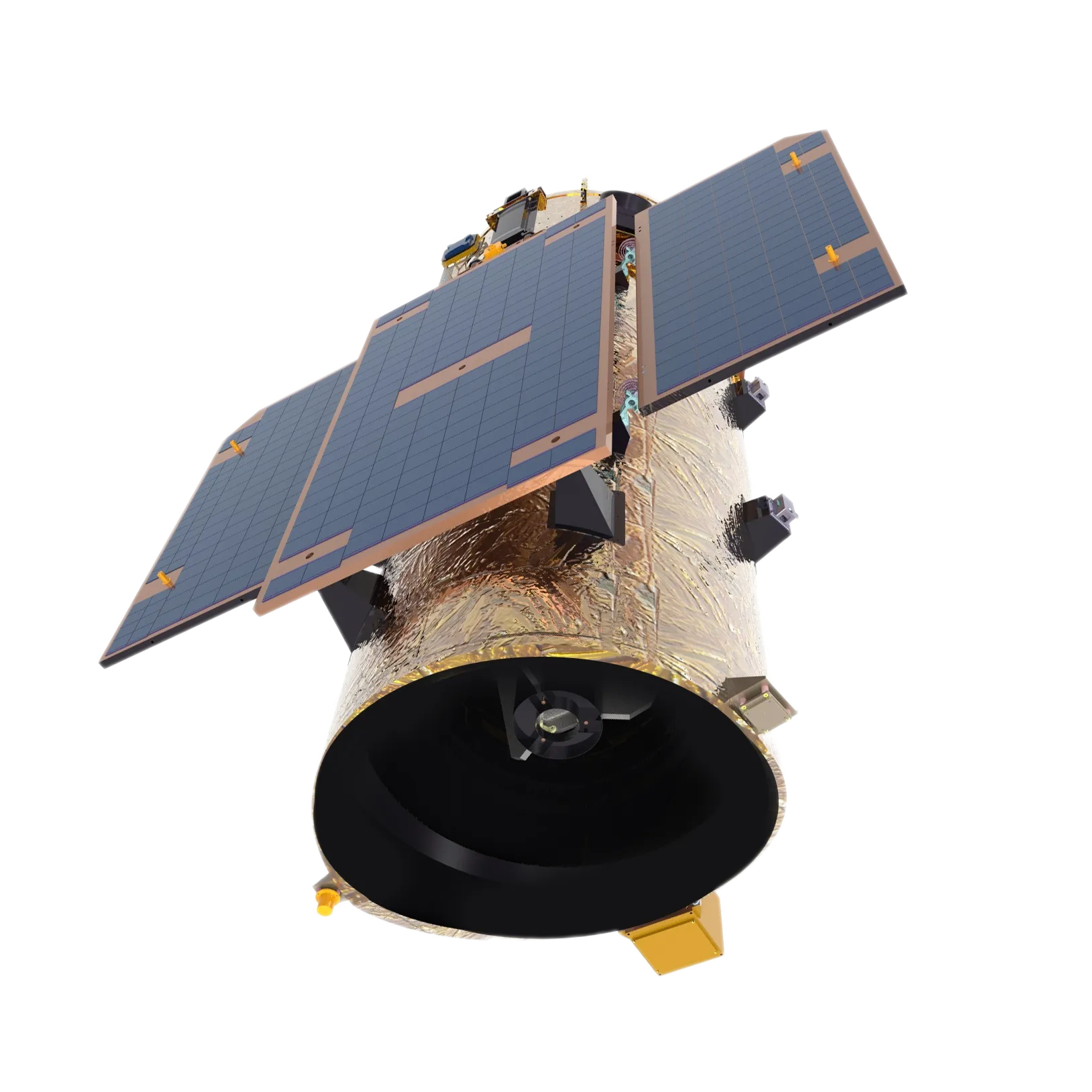
- Afrikaans
- Albanian
- Amharic
- Arabic
- Armenian
- Azerbaijani
- Basque
- Belarusian
- Bengali
- Bosnian
- Bulgarian
- Catalan
- Cebuano
- China
- Corsican
- Croatian
- Czech
- Danish
- Dutch
- English
- Esperanto
- Estonian
- Finnish
- French
- Frisian
- Galician
- Georgian
- German
- Greek
- Gujarati
- Haitian Creole
- hausa
- hawaiian
- Hebrew
- Hindi
- Miao
- Hungarian
- Icelandic
- igbo
- Indonesian
- irish
- Italian
- Japanese
- Javanese
- Kannada
- kazakh
- Khmer
- Rwandese
- Korean
- Kurdish
- Kyrgyz
- Lao
- Latin
- Latvian
- Lithuanian
- Luxembourgish
- Macedonian
- Malgashi
- Malay
- Malayalam
- Maltese
- Maori
- Marathi
- Mongolian
- Myanmar
- Nepali
- Norwegian
- Norwegian
- Occitan
- Pashto
- Persian
- Polish
- Portuguese
- Punjabi
- Romanian
- Russian
- Samoan
- Scottish Gaelic
- Serbian
- Sesotho
- Shona
- Sindhi
- Sinhala
- Slovak
- Slovenian
- Somali
- Spanish
- Sundanese
- Swahili
- Swedish
- Tagalog
- Tajik
- Tamil
- Tatar
- Telugu
- Thai
- Turkish
- Turkmen
- Ukrainian
- Urdu
- Uighur
- Uzbek
- Vietnamese
- Welsh
- Bantu
- Yiddish
- Yoruba
- Zulu
Importance Of Satellite Platform In Remote Sensing
In the field of Earth observation, a satellite platform in remote sensing plays a critical role in supporting specialized instruments designed to monitor land, oceans, atmosphere, and more. These platforms must ensure stable orbit maintenance and minimal motion disturbances to ensure accurate imaging and sensor readings. The structural integrity and thermal control provided by these platforms are essential for long-term data consistency and mission success. In remote sensing applications, platform reliability directly impacts the quality and frequency of the data collected.
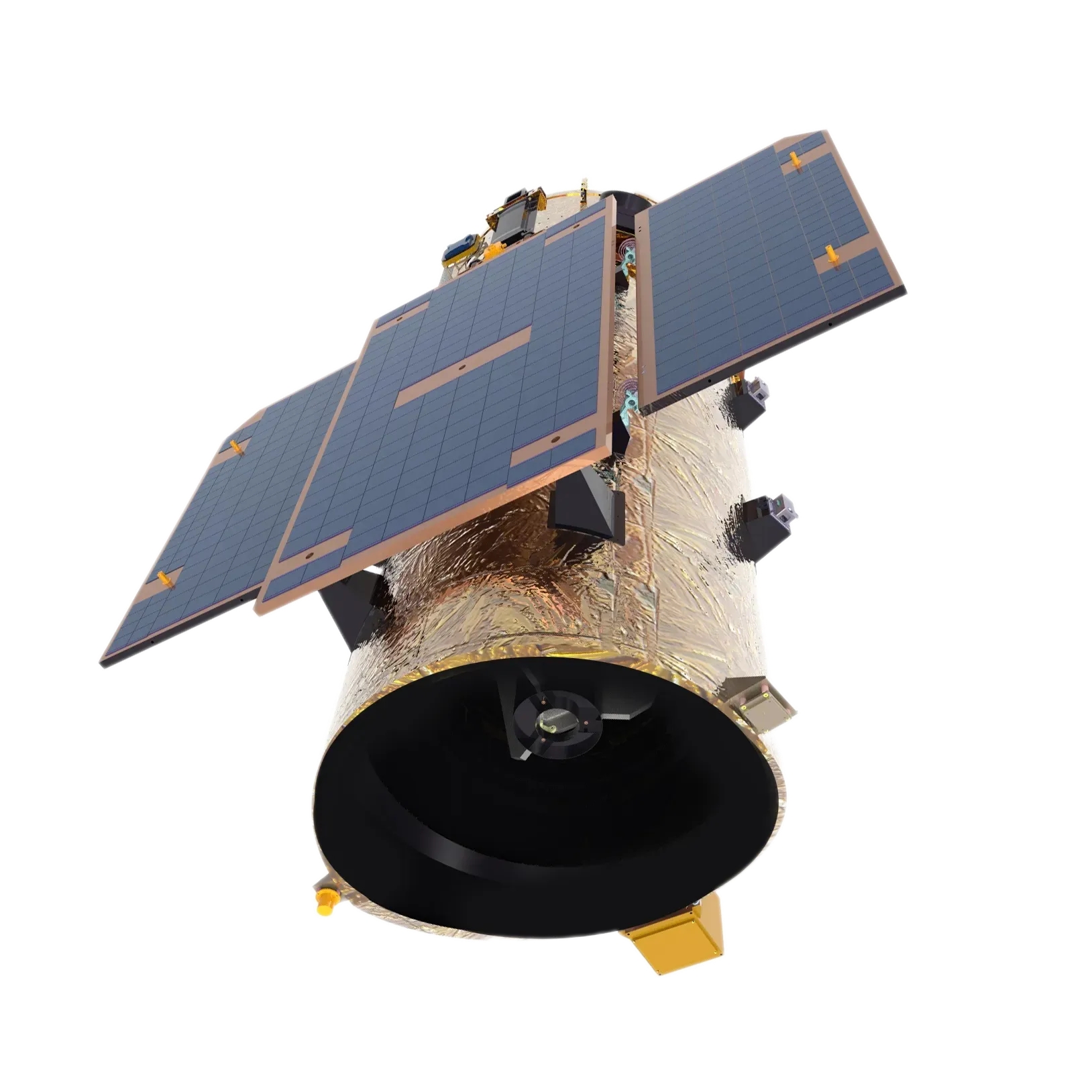
Satellite Platforms In Remote Sensing Applications
Different types of satellite platforms in remote sensing are designed to cater to specific data collection goals—be it weather forecasting, agricultural monitoring, environmental protection, or disaster management. These platforms often support a suite of optical, radar, or multispectral sensors that continuously scan the Earth's surface. The adaptability of the platform design enables integration of high-performance payloads, allowing institutions and governments to customize satellite missions for specific regional or global coverage. A reliable platform ensures these sensors operate within optimal conditions throughout the satellite’s lifespan.
The Future Of Satellite Bus Structures And Platform Evolution
As commercial and scientific demands increase, the evolution of satellite bus structure technology and platform satellite design is moving towards modularity, scalability, and reduced launch mass. Future platforms are expected to offer plug-and-play compatibility for varied payloads, enhanced onboard data processing capabilities, and advanced thermal and power systems. These innovations will not only reduce mission costs but also expand accessibility to space services for emerging industries and smaller nations. The transformation of cubesat bus and larger satellite buses reflects the industry's push toward faster deployment cycles and greater mission flexibility.






